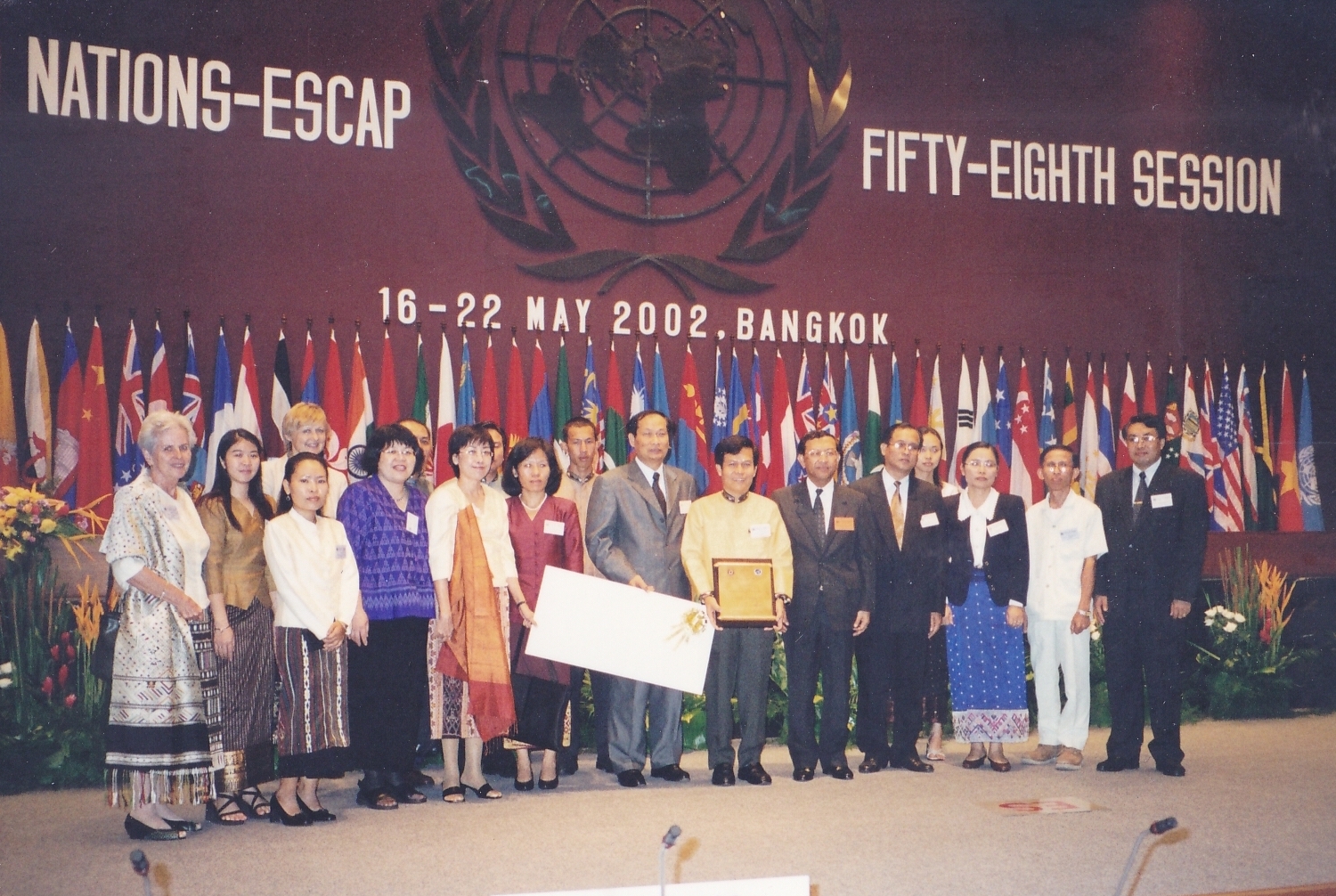 Amnesty International: 30 August 2016
Amnesty International: 30 August 2016
As the International Day of the Disappeared is marked around the world, the Laos authorities must promptly, thoroughly and effectively investigate the abduction and suspected enforced disappearance of Sombath Somphone, Amnesty International said today.
On 15 December 2012, Sombath Somphone, a leading member of Lao civil society, was stopped by traffic police and taken away in a pick-up truck. His whereabouts remain unknown, his family has not been kept informed by the authorities, and there has been no credible investigation into his enforced disappearance.
“Next week, Barack Obama will become the first US President to visit Laos. He must seize this rare opportunity to raise concerns about the human rights situation in the notoriously closed country, including by asking the authorities, ‘Where is Sombath?’” said T. Kumar, Amnesty International USA’s International Advocacy Director.
Barack Obama and leaders from across South East Asia will be meeting in Vientiane, the capital of the Lao People’s Democratic Republic (Laos), to attend the ASEAN summit from 6-8 September 2016.
Starting on the International Day of the Disappeared, Amnesty International encourages people to use the hashtag #WhereIsSombath to raise awareness of the enforced disappearance of Sombath Somphone.
“More than three years have passed since Sombath Somphone was last seen. We have no alternative but to conclude that the authorities are either directly responsible for his disappearance, or have failed miserably to take all necessary measures to get to the bottom of what happened,” said Rafendi Djamin, Amnesty International’s Director for South East Asia and the Pacific.
Sombath Somphone’s disappearance was chillingly captured on CCTV. In the video, he is last seen stopped at a police post, and asked to step out of his car by traffic police. Moments later, a motorcyclist arrives at the scene, abandons his motorcycle and drives away in Sombath Somphone’s car.
A few minutes later, another man emerges from the police post, and waits by the side of the road. Soon, a pick-up truck arrives, with its lights flashing. Sombath Somphone and others get into the truck. The truck then leaves, with armed people riding a motorcycle leading the way. The passenger on the motorcycle fires a gunshot in the air.
Amnesty International is deeply worried by the lack of progress into any investigation into Sombath Somphone’s whereabouts. The Laos authorities have failed to keep his family and others informed about the case. They have also rebuffed requests from other countries to help investigate his fate, and failed to respond to appeals from the United Nations, the European Parliament and Archbishop Desmond Tutu in his case.
“The establishment of an independent commission to impartially, thoroughly and effectively probe his case is long overdue. The commission should not only ensure that Sombath Somphone is safely returned to his family, but also identify those suspected of criminal responsibility and bring them to justice in fair trials, without recourse to the death penalty” said Rafendi Djamin.
Background
Who is Sombath Somphone?
Sombath Somphone, 64, is a well-respected member of Lao civil society. A former UNICEF consultant in Cambodia, he has dedicated his life to sustainable development and poverty reduction, encouraging the Lao government to deliver the benefits of development to the country’s population as a whole.
The Lao government has been reluctant to yield civil society groups the space to operate freely, including using a mandatory registration process to exercise control over them. In 2010, it spurned France’s recommendation at the 8th session of the Universal Periodic Review at the United Nations Human Rights Council to “guarantee the free activity of civil society and human rights organizations.”
It is in this context that Sombath Somphone’s enforced disappearance has raised suspicions of official involvement or complicity. Sombath Somphone may have attracted hostile attention from the authorities for his work on an independent civil society event.
The 9th Asia-Europe People’s Forum, held in Vientiane from 16 to 19 October 2012, was the largest such event held in Laos, drawing more than 1,000 people from the region and from Europe. At the event, plain-clothed security officials were involved in monitoring and harassing participants, and continued to do so afterwards.
On 7 December 2012, the Lao government expelled Anne-Sophie Gindroz, country director of HELVETAS Swiss Intercooperation, a Swiss international NGO that works on agricultural development and land issues.
Anne-Sophie Gindroz had worked with Sombath Somphone on the People’s Forum. Her expulsion from Laos happened a mere five days before Sombath Somphone’s disappearance.
In December 2015, on the occasion of the third anniversary of his enforced disappearance, 49 Directors of Amnesty International national offices around the world wrote an open letter to the then Lao Prime Minister, highlighting the near complete lack of progress in the case despite a catalogue of evidence.
What is the International Day of the Disappeared?
On 30 August each year, Amnesty International marks the ‘Day of the Disappeared’, calling on its millions of supporters around the world to press governments who resort to enforced disappearances to stop using this cruel tactic once and for all, and to provide justice, truth and reparation for their victims.
Enforced disappearances are a violation of human rights and a crime under international law. Laos has signed, but not yet ratified the International Convention for the Protection of All Persons from Enforced Disappearance (CPED). Amnesty International calls on Laos to ratify the CPED at the earliest possible opportunity.
The CPED prohibits enforced disappearance, which it defines as: “the arrest, detention, abduction or any other form of deprivation of liberty by agents of the State or by persons or groups of persons acting with the authorization, support or acquiescence of the State, followed by a refusal to acknowledge the deprivation of liberty or by concealment of the fate or whereabouts of the disappeared person, which place such a person outside the protection of the law.”

